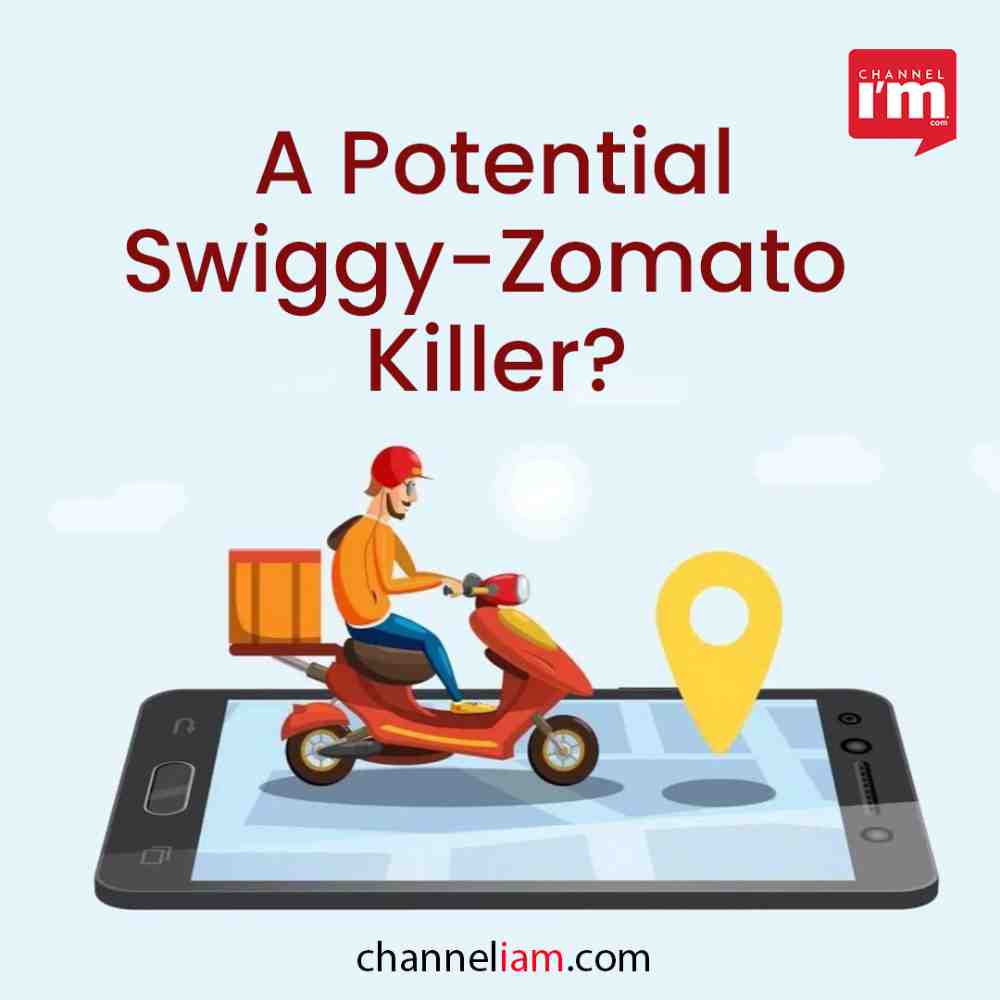Restaurants Rally Behind ONDCs to Break Swiggy/Zomato Duopoly

In a bid to break the duopoly of Swiggy and Zomato in the online food delivery market, restaurants are turning towards Online Food and Dining Aggregators (ONDAs).
What are ONDCs?
Unlike Swiggy and Zomato, ONDCs offer only ordering and delivery services and do not have their own delivery fleet. Instead, they partner with existing restaurants and delivery fleets to provide their services. Some examples of ONDCs include DotPe, OrderEasy, and Thrive.
Why are restaurants turning to ONDCs?
One reason is the high commission rates charged by Swiggy and Zomato, which can go up to 30% of the order value. ONDCs, on the other hand, offer lower commission rates, ranging from 5% to 15%. This can translate into significant cost savings for restaurants.
Another reason is the lack of control restaurants have over their own brand on Swiggy and Zomato. Restaurants are often listed alongside their competitors, and their menus and pricing may be altered without their consent. ONDCs offer more control and customization options for restaurants, allowing them to maintain their brand identity and pricing.
The ONDC advantage
By partnering with ONDCs, restaurants are able to offer customers more choices and better pricing, while also benefiting from lower commission rates. However, ONDCs may face challenges in scaling up and competing with established players like Swiggy and Zomato.
Despite these challenges, ONDCs have received backing from the National Restaurant Association of India (NRAI), which has launched its own ONDC platform called ‘Furo’.
The bottom line
While breaking the Swiggy-Zomato duopoly may be a challenging task, ONDCs offer a viable alternative for restaurants looking to reduce costs and maintain control over their brand identity. As more restaurants partner with ONDCs, it remains to be seen if they will be able to make a dent in the dominance of Swiggy and Zomato.
